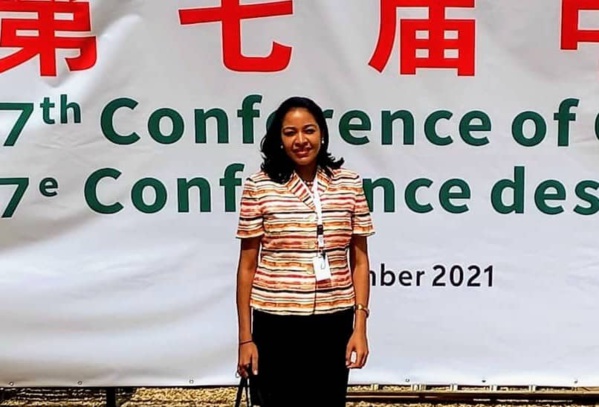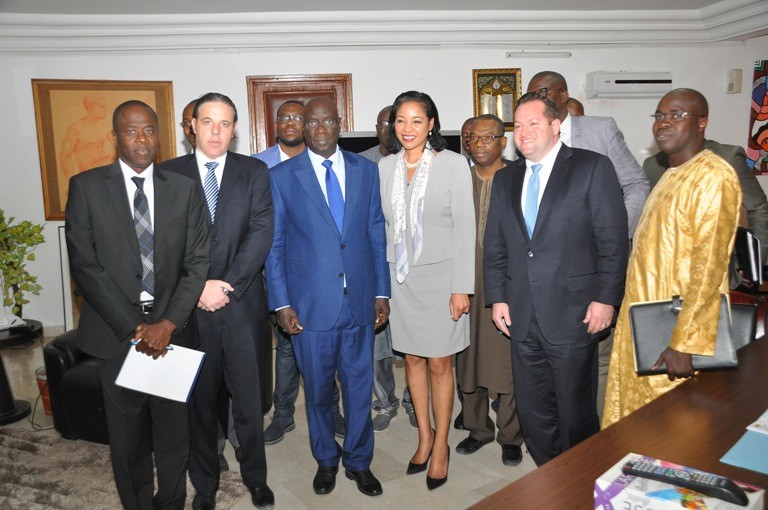U.S. financial institutions can both make money and help alleviate poverty in Africa and throughout the developing world by investing in Small and Medium Enterprises (SMEs) in those countries. Although microfinance has become extremely popular in the fight against world poverty and has continued to steadily grow despite the most recent financial downturn, not enough attention has been given to SMEs.
The “Missing Middle” is a phrase that has been used relatively loosely in economic development discussions. But what does the term “Missing Middle” really mean? For some, the term has meant “a lack of SMEs in the developing world.” For others, the term has meant “the lack of investable capital targeted at funding SMEs.”
No matter what the term the “Missing Middle” refers to, it is clear that a thriving SME base leads to substantial economic and social growth, and explains why this issue is so important to Africa and the developing world.
In this, the first of a series of Africa.com columns, we are referring to the term as “the gap in capital which is larger than microfinance, yet smaller than traditional institutional financing in emerging and frontier markets” as described by the World Economic Forum’s Missing Middle Initiative, launched in January 2010.
Let’s be clear about what an SME is. The World Bank defines Small Enterprises as those that need loan sizes of $10,000 to $100,000 and Medium Enterprises that need $100,000 to $1 million to grow.
According to the 2009 Milken Institute report “Stimulating Investment in Emerging-Market SMEs,” they account for 57 percent of employment and over 50 percent of GDP in developed countries. But in the developing countries, they contribute only 18 percent of employment and 16 percent of GDP. The report concludes that “if barriers to their growth were removed, SMEs would contribute more to economic development by providing jobs and income, expanding the middle class, broadening the tax base and ultimately decreasing poverty levels.”
And indeed, loans to the sector have added substantially to the lenders’ bottom lines. The International Finance Corporation (IFC) conducted a survey in 2007 with 12 banks from emerging markets and they reported on average 28 percent higher operating incomes and 35 percent higher operating profits for SME lending than for bank lending as a whole. In 2009, the IFC reported in “The SME Banking Knowledge Guide” that leading banks in the emerging markets are reporting return on assets (ROA) of 3 percent to 6 percent for their SME operations compared with 1 percent to 3 percent bank-wide.
We believe that Wall Street banks that already have a presence in emerging markets could and should both reshape their missions and improve their images by adopting a more social oriented and yet profitable approach to investing. They could and should step in and help fill the gap in capital for SMEs in emerging markets.
In the meantime, a debate continues over terms. The “Missing Middle,” lends itself to much confusion and ambiguity. So let’s just clear the decks and give the issue a more precise name. Let’s call it the “SME Finance Gap,” the segment of capital largely missing to fund SMEs.
Pioneers in this space, such as the Acumen Fund, HBD Venture Capital, and Hasso Plattner Ventures are defining this sector and establishing new innovative investing structures.
Although the results to date seem positive, critics contend that they remain anecdotal. For capital to readily flow from investors to SMEs in emerging markets, it must be supported by the evidence of actualized results, and not just projected opportunities, both from funds and SMEs. While it will certainly take current investors and newcomers in the space to lay the first golden eggs, it will require the industry as a whole to prove an SME finance model can generate competitive market rate returns, while also achieving significant social impact.
As popular as the phrase the “Missing Middle” has become, we feel it’s time to discontinue the use of the term. We believe that what’s “missing” has been discovered. The term “Missing Middle” discounts much of the progress that has already been made.
While the “SME Finance Gap” in emerging markets largely remains, we believe that continued use of the phrase the “Missing Middle” only perpetuates talk about what’s missing. Instead, we think it’s time to bring about a call to action in support of what has been found.
This piece is the first of a monthly Africa.com series in collaboration with the South African Chamber of Commerce in America (SACCA). Next month, we will look more closely into the track records of companies that have invested in SMEs and why their successes matter for Africa and the developing world.



